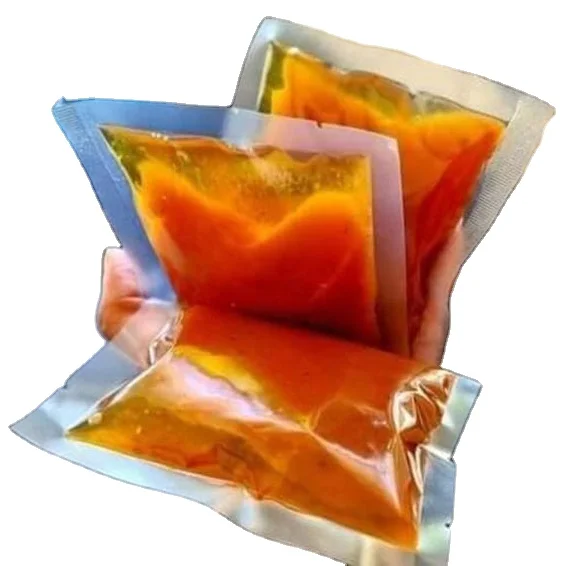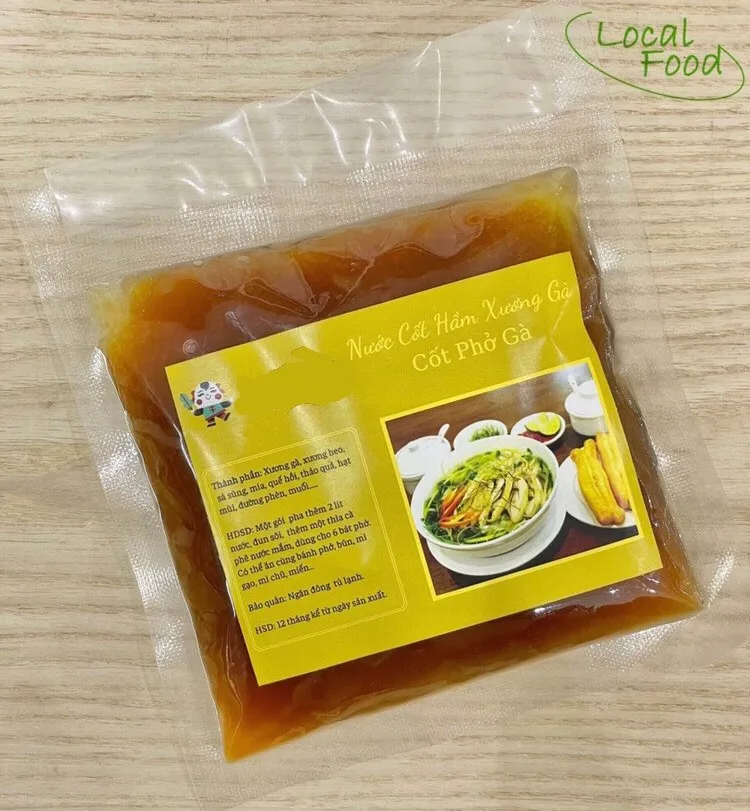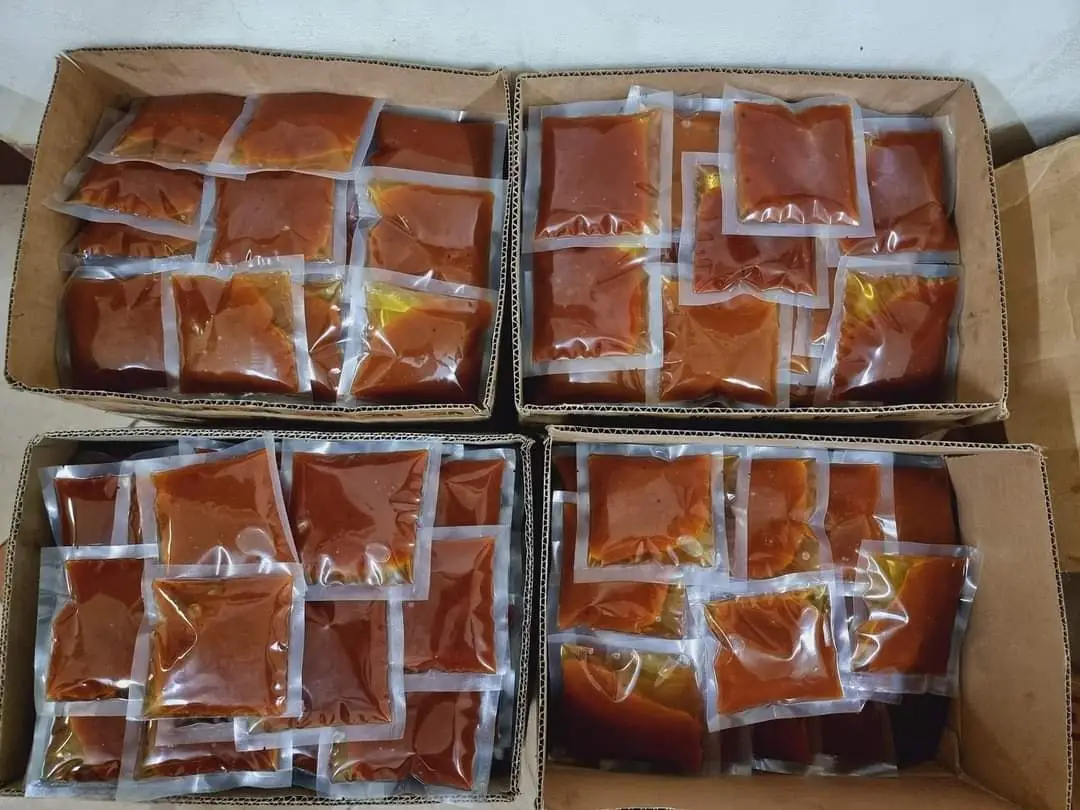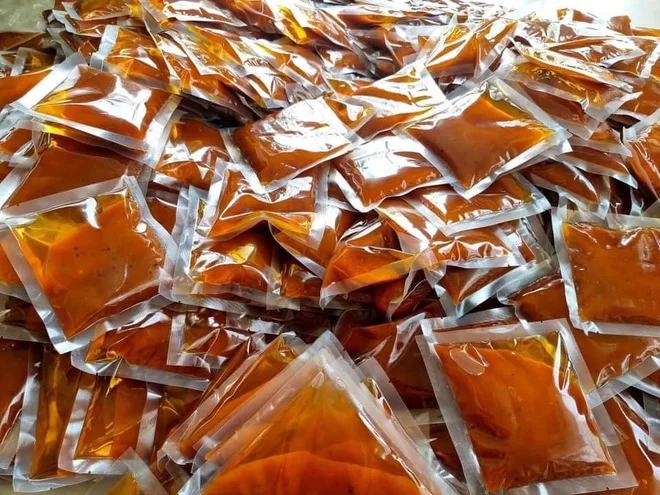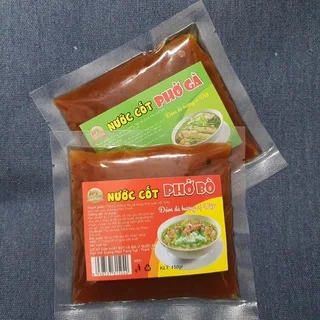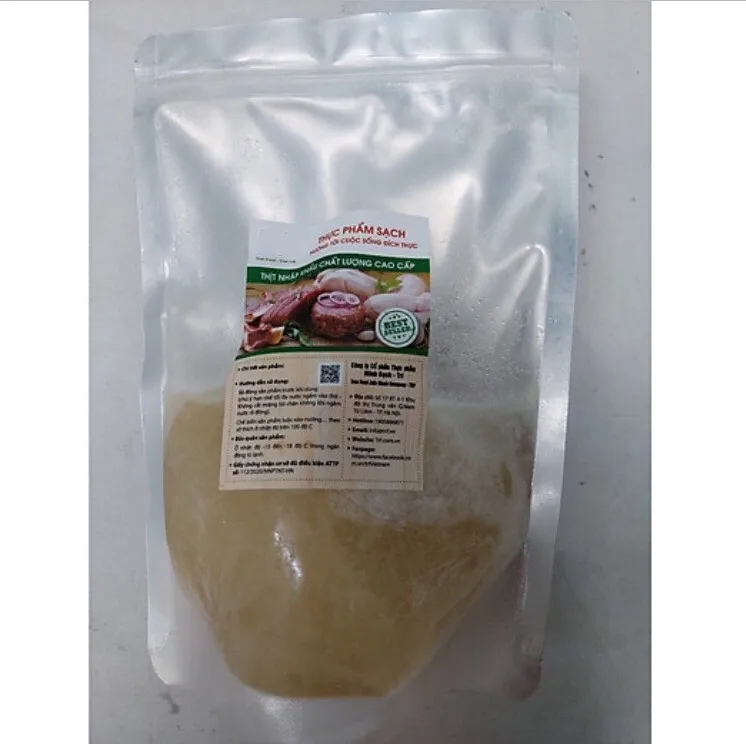Бур для лапши вместо специй или приправ/лапши с говядиной курицей и
- Категория: Mixed Spices & Seasonings >>>
- Поставщик: SAFIMEX,JOINT,STOCK,COMPANY
Поделиться:
Описание и отзывы
Трекер стоимости
| Месяц | Минимальная цена | Макс. стоимость |
|---|---|---|
| Aug-16-2025 | 1.15 $* | 1.7 $* |
| Jul-16-2025 | 1.70 $* | 1.54 $* |
| Jun-16-2025 | 1.58 $* | 1.51 $* |
| May-16-2025 | 1.81 $* | 1.54 $* |
| Apr-16-2025 | 1.76 $* | 1.36 $* |
| Mar-16-2025 | 1.48 $* | 1.61 $* |
| Feb-16-2025 | 1.18 $* | 1.25 $* |
| Jan-16-2025 | 1.98 $* | 1.7 $* |
Характеристики
Product Description
PHO BROTH: THE SOUL OF VIETNAMESE PHO
There are three elements that make up a bowl of Vietnamese Pho: the broth, the rice noodles and the toppings (meat, garnishes, etc.).
If you are a Pho lover, you may be a fan of the noodles or of the way the meat, herbs and spices play together in your mouth as you slurp your Pho to the last drop. Regardless, there's no denying that the Pho broth is the most important element of Vietnamese Pho. Pho broth is the soul of the dish. It is what makes the dish Vietnamese Pho. It's not a bowl of Pho until the broth goes in.


Nutrients
* Energy 83 kcal
* Protein 0.44 g
* Total Fat 1.10 g
* Carbohydrate 19.9g
* Dietary Fiber 10.9 g
Nutrients
* Folate 14Mcg
* Niacin 0.2 mg
* Pantothenic acid 0.252 mg
* Pyridoxine 0.037 mg
* Fiber: 2.5 grams
* Phosphorus: 8.43%
* Folate 14Mcg
* Niacin 0.2 mg
* Pantothenic acid 0.252 mg
* Pyridoxine 0.037 mg
* Fiber: 2.5 grams
* Phosphorus: 8.43%

Name | Pho Broth |
Material | beef meat, water |
MOQ | 1000 bags |
Features | delicious, nutritious, good for health and convenient |
Color | natural color |
Usage | cooking Pho/ noodles |
Delivery time | 15-30 days |
Packing | 150g/bag; OEM available |
Payment | T/T , L/C, Western Union, Paypal |

FACT ABOUT PHO BROTH
Can you imagine Vietnamese pho without its broth? It is probably impossible to do so. The pho broth is what gives the soup its distinct character. There's not necessarily only one way to make pho broth, but a good pho broth must follow certain rules and standards.
In fact, the key to a successful bowl of pho is the creation of a good pho broth. Pho lovers judge the bowl of pho served to them in a restaurant by sipping the broth first without putting in any seasoning or garnishing.
If there's any doubt about the quality of a bowl of pho, just take a sip of the broth to find out. If the pho broth is good, we feel immediately at home; the familiar, the warm, the good, the satisfying. But if the broth is not up to expectation, the pho eating experience becomes labored, beside the fact that one is wasting the time and money with this darn bowl of pho.
You can be forgiven for serving undercooked or overcooked banh pho (the pho noodle). You can be forgiven for not having all the right meat types or garnishing. But mess up the pho broth and your pho is ruined. Conversely, serving a great pho broth will make up for your other shortcomings many times over. There is no one perfect technique for making pho broth, but with practice and attention to to basic techniques, one can create a very good broth, with the right pho taste.
How to Make Pho Broth
There is no single perfect technique for creating good pho broth. The following is more applicable for home made pho. For restaurant operation which must produce very large quantity of pho with consistent quality day in day out, the specific process, procedures, equipment and number of staff/cooks are much different, more demanding, and certainly a lot more involved than shown here.
Almost all pho recipes will have many common elements between them, from the ingredients that go into the broth to the length of time required in making it. Vietnamese culinary experts Andrea Nguyen's and Mai Pham’s beef pho recipes call for the following ingredients:
•\tYellow onions
•\tGinger
•\tMarrow-rich beef bones and beef knuckle bones
•\tAdditional beef chunks
•\tStar anise
•\tCloves
•\tSalt
•\tFish sauce
•\tYellow rock sugar
Here's a generic process. Many recipes call for preparation using two stockpots of boiling water. The beef bones and chunks are parboiled in one pot in high heat for up to five minutes. This is to remove all the impurities on the outside of the beef. Andrea Nguyen recommends rinsing the bones in warm water before being transferred into the second stockpot, while Mai Pham says that it is fine to just transfer the bones and the chunks without rinsing. If you have room for 2 large pots, then use 2 pots; it will save you a lot of time while keeping your stock pure. But if you can use only one pot, then it will work too.
In any case, the second stockpot is kept at a simmer for an hour and a half, with any scum rising to the top skimmed out regularly. The spices are then added, either as they are or wrapped in cheesecloth. Before they are put into the broth, the onions and the ginger need to be charred in open flame. Mai Pham recommends toasting the star anise and the cloves lightly in a dry pan before they are put into the pot. Again techniques vary, but either roasting or charring will help release much more of spices' fragrance.
After the hour and a half has passed, the boneless beef chunks are removed. The remaining broth is allowed to simmer for another hour and a half or so. The pho broth is then strained and seasoned with fish sauce, salt and rock sugar. At this point, the pho broth should look clear and free from impurities. It is perfectly acceptable for it to taste strong and even salty at this point as well because the taste will be toned down once the broth is poured over the unseasoned rice noodles and meat.
The procedure described above is the most generally accepted way of cooking pho broth. But no two bowls of pho made from two separate kitchens ever taste the same, and techniques on how to make the broth vary from kitchen to kitchen. Some cooks, for instance, do not put fish sauce in the broth but instead leave it up to the guest to season it as he or she pleases. Some cooks also skip on adding beef chunks into the simmering broth and rely solely on the flavor of the dissolved marrow.
Note:
You should never let water evaporate completely to dry-out condition. If your pot dries out after a few hours of “simmering” then you’re probably boiling it the whole time, or don’t have enough water to begin with. You should be keeping an eye on the simmering and skimming the scum as needed. So just turn down the heat to have just a light rolling action in the liquid.
Most recipes should specify a yield amount, such as yield = 3 gallons. This means that at the end (or sometime during simmering as needed), you’ll need to add water to bring up to the yield amount. If this is the first time you make pho broth, then I suggest to follow the recipe first and see how it comes out, then make adjustments to fit your taste.




Packing & Delivery
Packing: 150gam/ bag


Company Profile
SAFIMEX JSC has been founded by leaps and bounds in the supplying of products in a board range of sectors: food & feed industry, sorted seafood & herbal, wooden industry and handcraft with our high-quality selection.
Constantly adapting to customer requirements with the experienced team members, our company creates international projects with our partners and ensures that they receive the best quality products at the most competitive prices. Customer responsiveness and commitment is our driving force in the quest for excellence.



Contact Us

If you are interested in our products, do not hesitate to contact us.
Based on good quality items, stable capacity as well as very good prices, we really hope that we both parties could have a chance cooperating together in the future.
Hopefully we could start the win-win relationship.
Looking forward to hearing from you soon and discuss more further.
******************************
SAFIMEX JOINT STOCK COMPANY
Head office: 216/20A Duong Ba Trac Street, Ward 2, District 8, Ho Chi Minh City, Vietnam.
Tel: (+84)-(28)-3636 2388 | (+84)-(28)-3636 2399
Web: www.safimex.com
Ms Hana
E: sales 6 @ safimex.com | WhatsApp/ Skype: +84357611751
Related Products



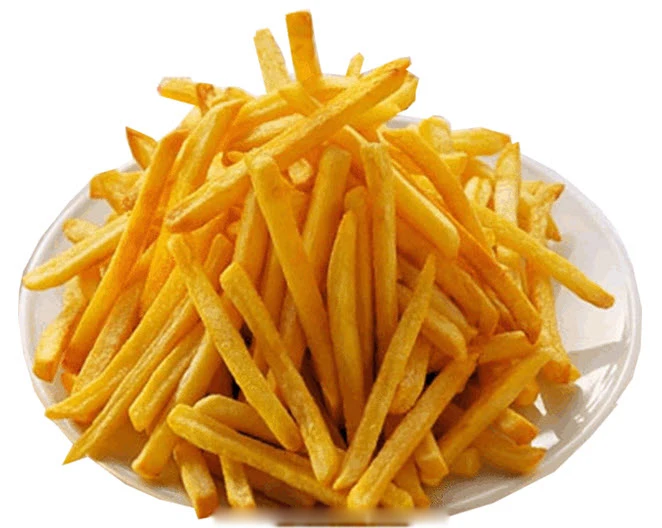
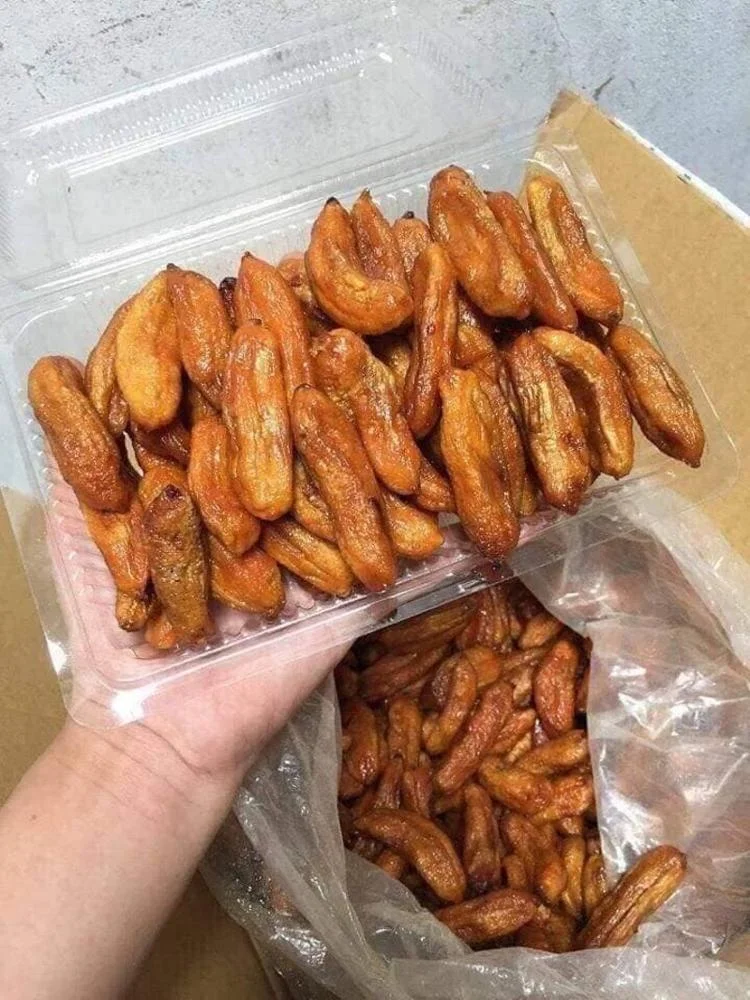

Похожие товары
Magi (приправа Umami)
US $3.60-$15.00
Приправа для креветки, курицы, маринада, вкус маринада, Kfc
US $21.00-$28.00
